Worthy Brewing Decals |
1. Stephen Hawking on why space colonization is both reasonable and necessary (the save our species argument). |
- We are running out of space on Earth
- “humans must colonize another planet or face extinction.”
- science fact is closer to science fiction
- In an infinite universe, there must be traces of life,
- Earth is becoming "increasingly precarious" because of threats from epidemics and asteroids.
- it’s only a matter of time until Earth is destroyed.
- humans should make their exodus from the planet within the next century if they have any hope of surviving
- threats facing the planet including epidemics, asteroid strikes, and climate change.
- space-rockets propelled by the kind of matter/antimatter annihilation technology used in Star Trek would be needed to colonise hospitable planets orbiting other stars.
- Science fiction has developed the idea of warp drive, which takes you instantly to your destination.
- Unfortunately, this would violate the scientific law which says that nothing can travel faster than light.
- However, we can still within the law, by using matter/antimatter annihilation, at least reach just below the speed of light. With that, it would be possible to reach the next star in about six years, though it wouldn't seem so long for those on board
- We are running out of space and the only places to go to are other worlds. It is time to explore other solar systems. Spreading out may be the only thing that saves us from ourselves. I am convinced that humans need to leave Earth.
|

|
 |
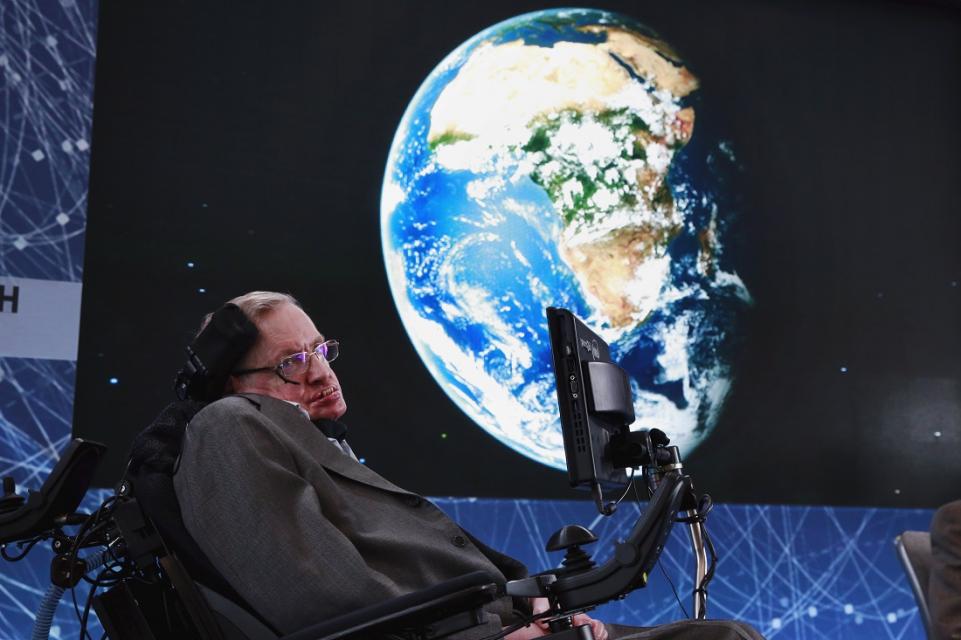
|
|
|
|
2. Elon Musk on why investing in space colonization will save the species and our planet (masking his captialistic motives) |
- Humans must merge with machines or become irrelevant
- We have a duty to maintain the light of consciousness
- Mars is as urgent and crucial as lifting billions out of poverty, or eradicating deadly disease.
- humanitarian argument for making life multi-planetary
- we have a duty to maintain the light of consciousness, to make sure it continues into the future
- One reason we needed to colonize Mars [is] so that we’ll have a bolt-hole if A.I. goes rogue and turns on humanity
|
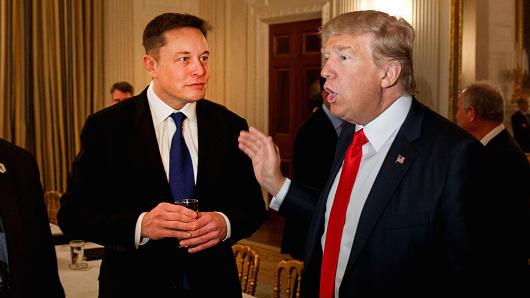
|
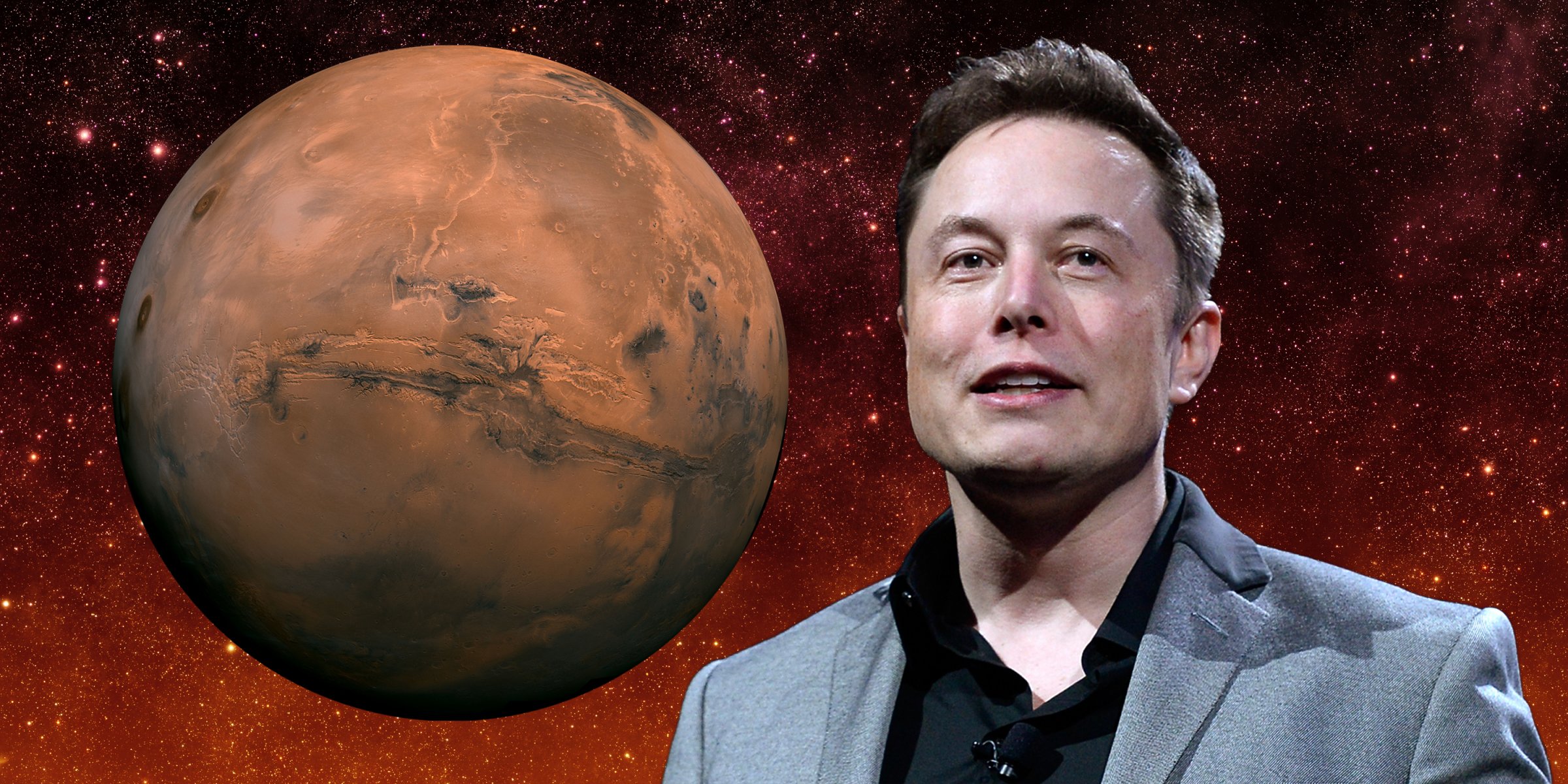 |
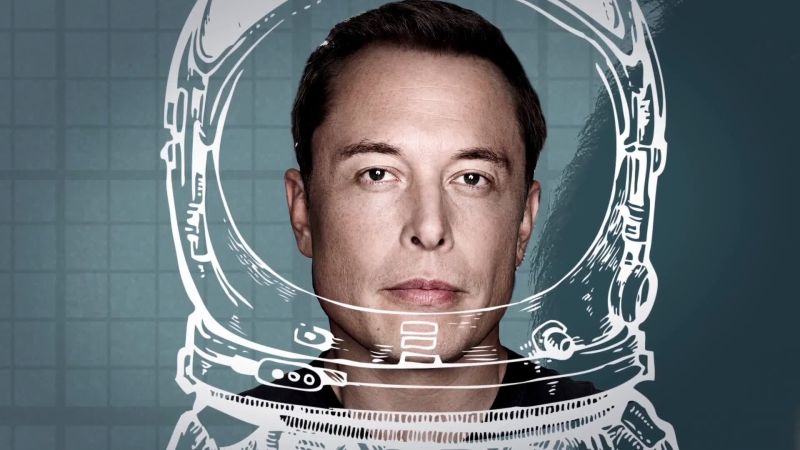
|
|
|
|
3. Donald Trump - quote on the bravado of being the first to colonize Mars. |
- “Now, this nation is ready to be the first in space once again.”
- “Well, we want to try and do it during my first term or, at worst, during my second term.
|
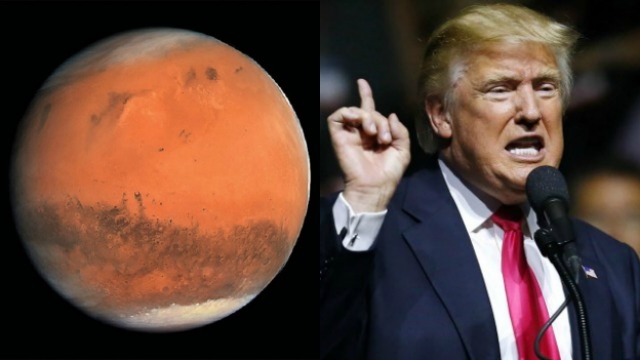
|
|
|
|
4. Synopsis on long term health impacts felt by astronauts who spent more than a year in space (I would never go back… Osteoporosis… Radiation poisoning? compare to Yuri quote : Yuri Romanenko, on returning to Earth after what was then the longest space flight in history, said "The Cosmos is a magnet; once you've been there, all you can think of is how to get back."" |
- the heart becomes 9.4 percent more spherical after long exposure to microgravity, or weightlessness, in space. This could cause heart problems
- Hearing loss
- At least 14 American astronauts developed kidney stones shortly after their missions ended
- Dust on Mars would be similar to dust on Moon, which caused some problems on lunar missions.’
- Sharp-edged moon dust can harm the heart and lungs, with effects ranging from inflammation to a heightened risk of cancer. It’s somewhat like inhaling asbestos.
- Can also cause irritation and abrasions on skin. In fact, it’s been known to wear through multiple layers on a boot of Kevlar-like material.
- immune systems of astronauts on lengthy missions seem to change while in space
- One mission to Mars could expose an astronaut to two-thirds of his or her safe lifetime limit of radiation. This radiation may damage human DNA and increase cancer risk.
- “Exposure to radiation levels equivalent to a mission to Mars could produce cognitive problems and speed up changes in the brain that are associated with Alzheimer’s disease,” said neuroscientist Kerry O’Banion.
- even six months after returning from an extended spaceflight, astronauts could still be experiencing significant levels of brain inflammation and neuron damage.
- http://www.sciencealert.com/mars-bound-astronauts-risk-long-term-brain-damage-and-chronic-dementia/
- Charles Limoli, a radiation oncology professor at the University of California, Irvine. "Exposure to galactic cosmic rays particles can lead to a range of potential central nervous system complications that can occur during and persist long after actual space travel - such as various performance decrements, memory deficits, anxiety, depression, and impaired decision-making,"
- astronaut Tim Peak recently said of his six-month stay on the International Space Station:[T]o be quite frank, you feel pretty terrible. It can only be described as something akin to the world’s worst hangover in terms of the everything that is going on in your head."
- Astronauts can find themselves growing 3 per cent taller while they are in space.
- muscles automatically start to shrink and shred when they get up there
- Calcium in bones secretes out through urine.
- eye pressure changes in orbit leading to vision changes
- astronauts lose about 1 to 2 percent of their bone mass each month they are in space
- The lack of gravity affects the shape of the eyeball, flattening the back of the eye
- observe a strict exercise regime — about two hours a day of cardiovascular and weight training
- Soviet cosmonaut Valentin Lebedev, spent 211 days in the orbit in 1982 lost his eyesight to progressive cataract.
- Lebedev ““I suffered from a lot of radiation in space… can say that I caused damage to my health because of that flight”
- NASA officials often talk about the “unknown unknowns”
- John B. Charles, chief of the international science office of NASA’s human research program, “My goal,” he said, “is to see a program that doesn’t deliver an astronaut limping to Mars.”
|
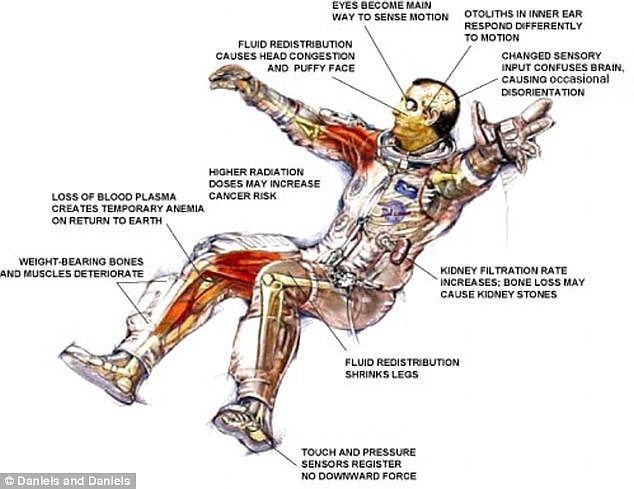
|
 |
|
|
7. Any quotes or arguments about money to be made extracting minerals in space, or space tourism, or the military feeding frenzy. |
- Virgin Atlantic Air is offering commercial flights into space. A ticket costs $200,000. 500 takers so far.
- Bill Claybaugh, former senior director for human space systems at Orbital Sciences Corporation. "Total profitability of the entire American airline industry since 1903 is negative, And that's almost certainly true of space transportation as well. It's the kind of business that is unlikely to generate any significant profit, and will probably, in the long run, generate a negative profit."
- Asteroid Mining
- The world’s first trillionaires will grow rich by mining asteroids. Legislation passed by Congress (2015) has brought that far-off suggestion a step closer to reality by granting US companies “finders, keepers” rights to natural resources obtained in space. That includes, perhaps, trillions of dollars-worth of platinum, gold, silver, iron, zinc, cobalt – and the main prize, water.
- One of the prime target of those currently developing the technology to tap into asteroids is water, which in the space exploration industry is worth more than its weight in gold. Sustains astronauts in space and can be used to create rocket fuel.
- Minerals from asteroids could also serve as construction materials in space, sparing companies or government agencies some of the cost and logistical challenges of sending them up from Earth.
|
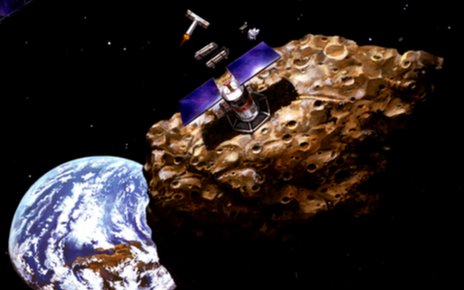
|
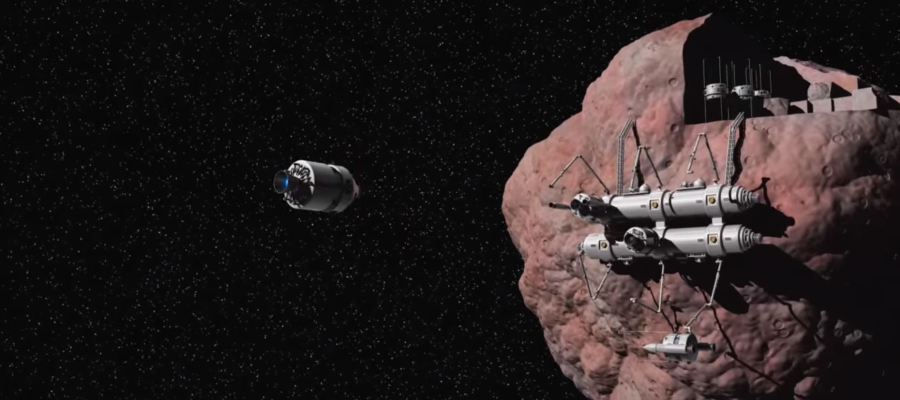 |
|
|
8. Any quotes from politicians or famous people to support the idea that space colonization is inevitable, feasible, and worthwhile. |
- Calvin and Hobbs cartoon: caption reads “Sometimes I think that the surest sign that intelligent life exists elsewhere in the Universe is that none of it has tried to contact us.” MAYBE not relate?
|
|
|
9. The projected costs of colonizing Mars. And creating an atmosphere. |
- present cost (2016) of sending anything from the surface of the Earth into orbit (around $2,500 per pound to orbit) a space
colony would currently be a massively expensive project
- Terraforming Mars would entail three major interlaced changes: building up the magnetosphere, building up the atmosphere, and raising the temperature.
- With a published price of US$62 million per launch of up to 50,300 lb payload to low Earth orbit or 8,860 lbs to mars
- BOTTOM LINE: We just don't have the technology to colonize Mars..at present. So not really much point in trying to guess costs. BUT!
- Mars One aims to establish a permanent human settlement on Mars
- Mars One consists of two entities: the Dutch not-for-profit Stichting Mars One (Mars One Foundation) and Swiss publicly trading Mars One Ventures AG [FRA: KCC], ISIN: CH0132106482 (Mars One Ventures).
- Mars One estimates the cost of bringing the first four people to Mars at US$ 6 billion. This is the cost of all the hardware combined, plus the operational expenditures, plus margins.
- For every next manned mission including hardware and operations, Mars One estimates the costs at US$ 4 billion.
- https://www.universetoday.com/130086/nasa-estimates-spacex-2018-mars-mission-will-cost-300-million/
- NASA produced some estimates which indicated that SpaceX is spending over $300 million on its proposed Mars mission. (ballpark estimate
|
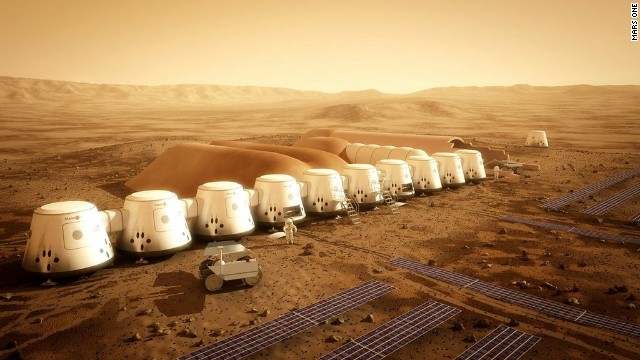
|
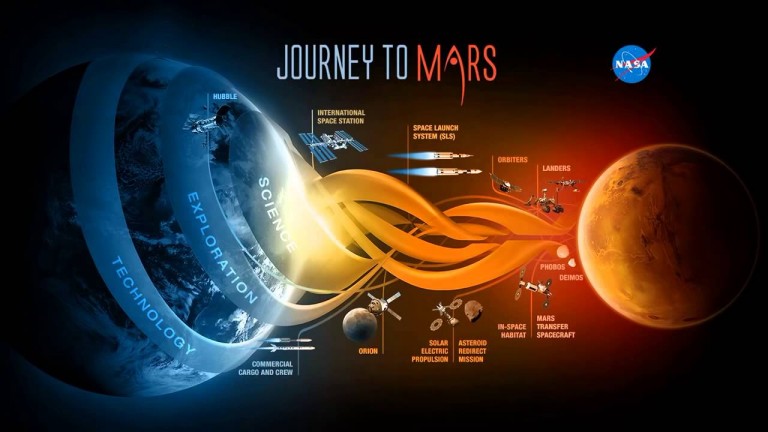 |
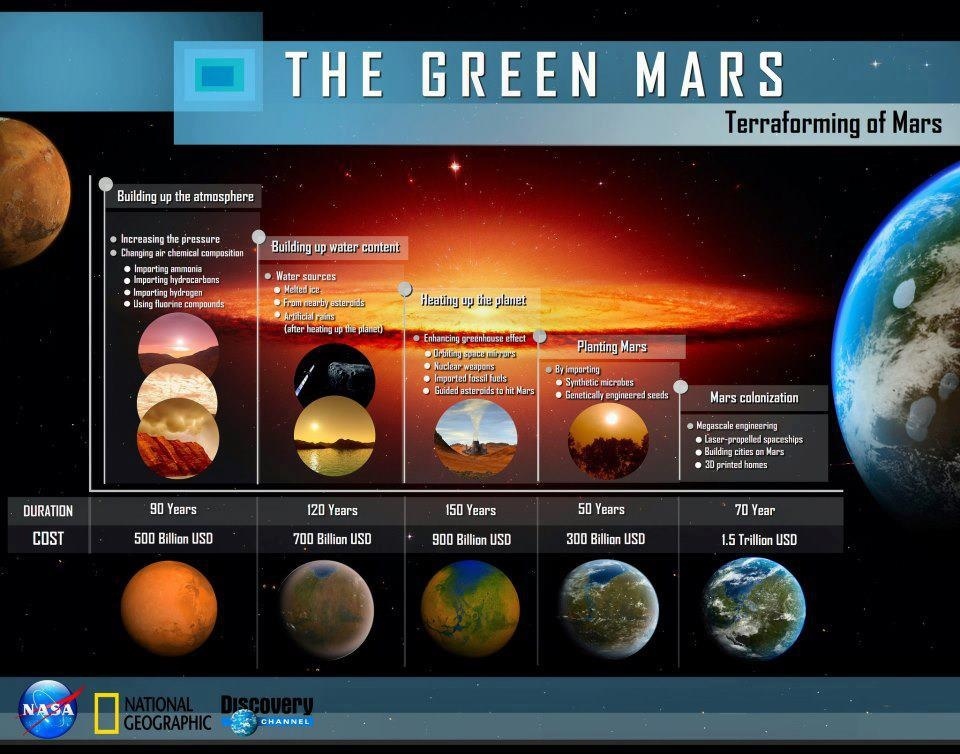
|
|
|
11. Identify the nearest Exo-planets (shortest distance in light years away). EG Proxima b (around 4.37 light years away). |
- Total of 3,610 known exoplanets orbiting around 2,704 different stars (as of June 1, 2017), only a small fraction are located in the vicinity of the Solar System.
- The nearest 74 exoplanets were confirmed to be located within 50 light-years
- Proxima Centauri (4.2 ly)
- Alpha Centauri (4.36 ly)
- Luhman 16 (6.59 ly)
- Groombridge 34 (11.70 ly)
- Epsilon Indi (11.81 ly
|
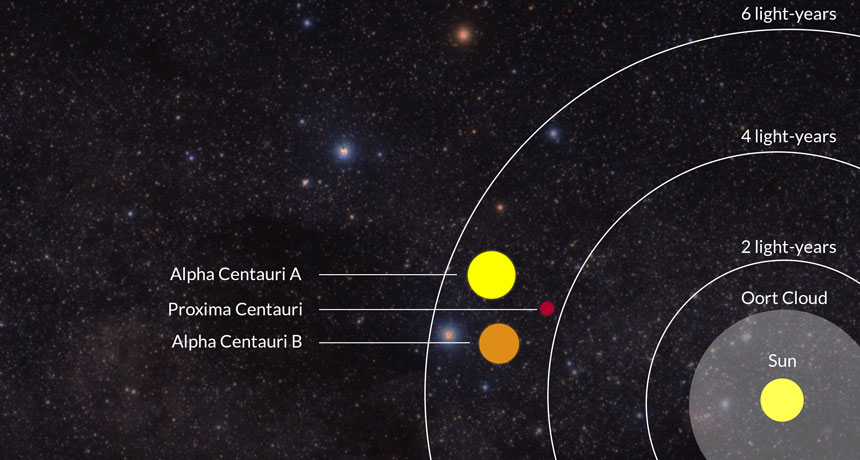
|
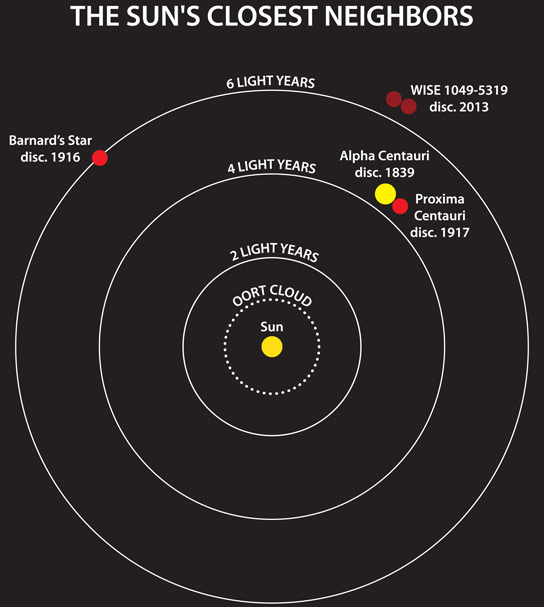 |
|
|
12. Fastest known manned craft. Fastest theoretical, proposed manned craft. |
- The Apollo 10 crew achieved the highest speed relative to Earth ever attained by humans; 39,897 km/h (11.082 km/s, 24,791 mph, approximately 32 times the speed of sound and approximately 0.0037 percent of the speed of light). The record was set 26 May 1969.
- Nuclear powered rockets – fusion reactor: 55.9 million miles per hour.
- six 5-megawatt fusion rockets could take a crew round-trip to Mars in 310 days.
|
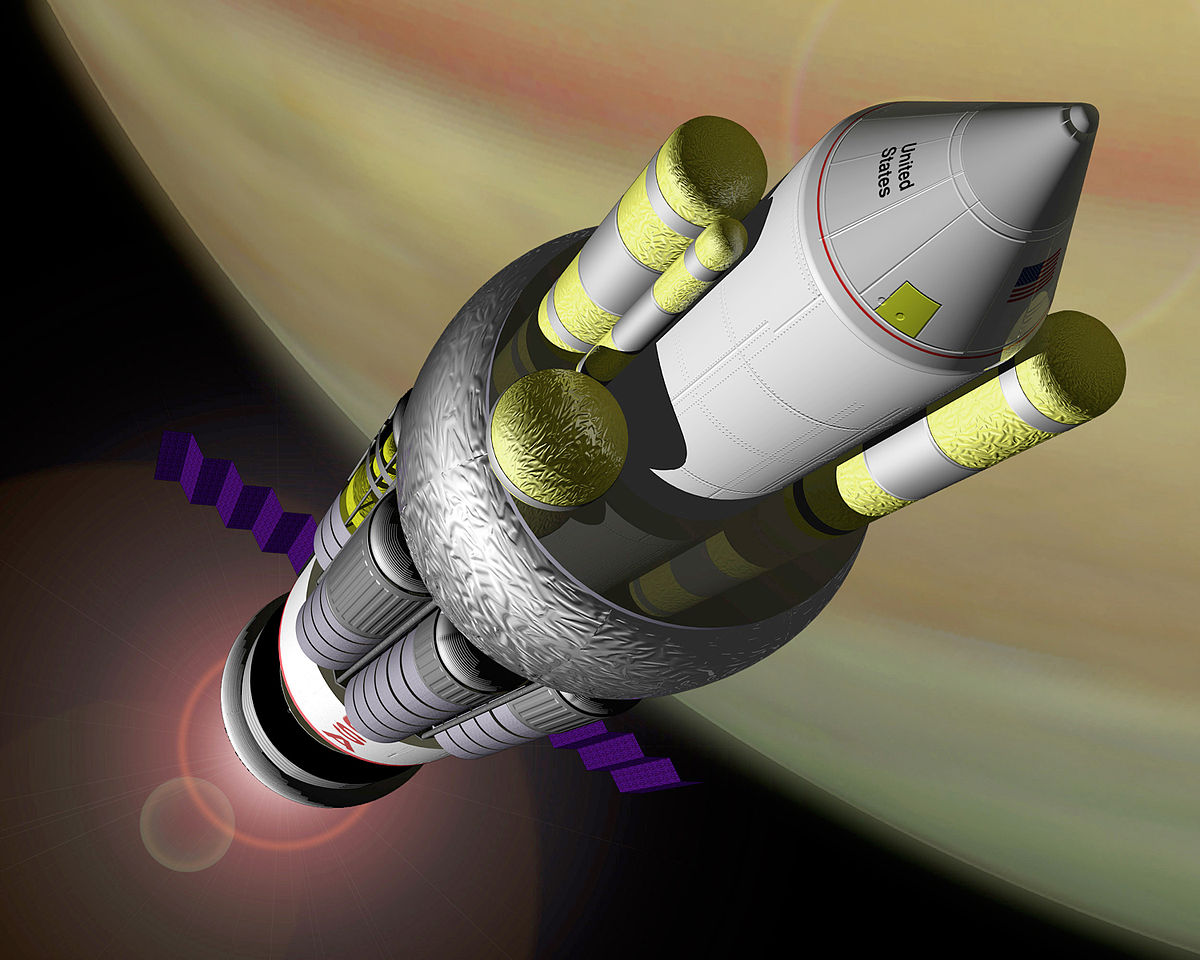
|
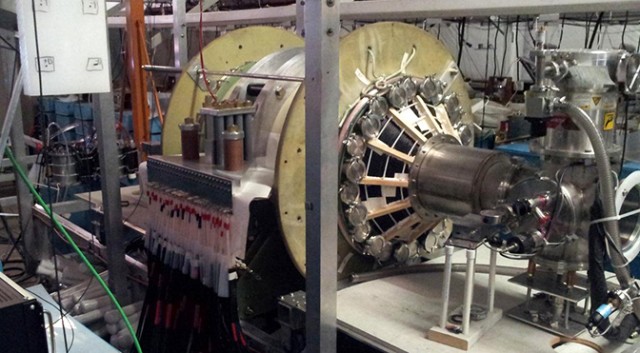 |
|
|
13. Fastest unmanned craft (satellites), known and theoretical. |
- KNOWN: NASA's robotic Juno probe estimated 165,000 mph relative to Earth
- THEORETICAL: Solar Probe Plus, a NASA mission scheduled to launch in 2018, is expected to reach orbital velocities as high as 450,000 mph.
|
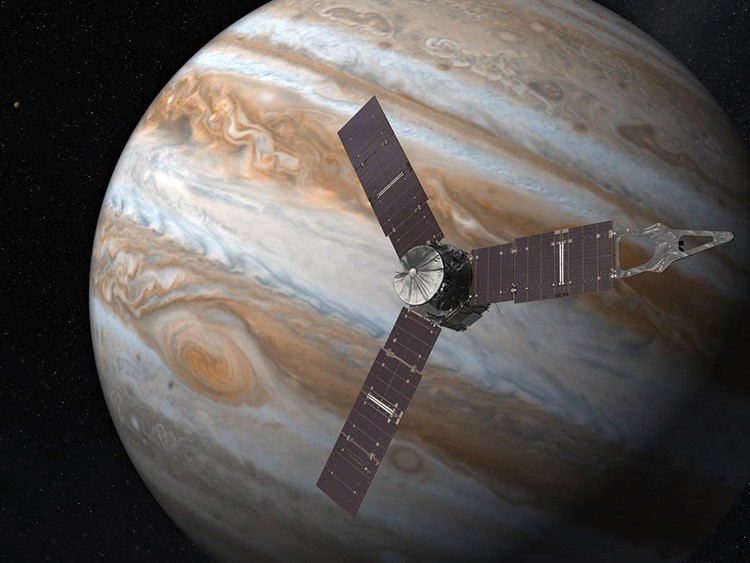
Juno Probe |
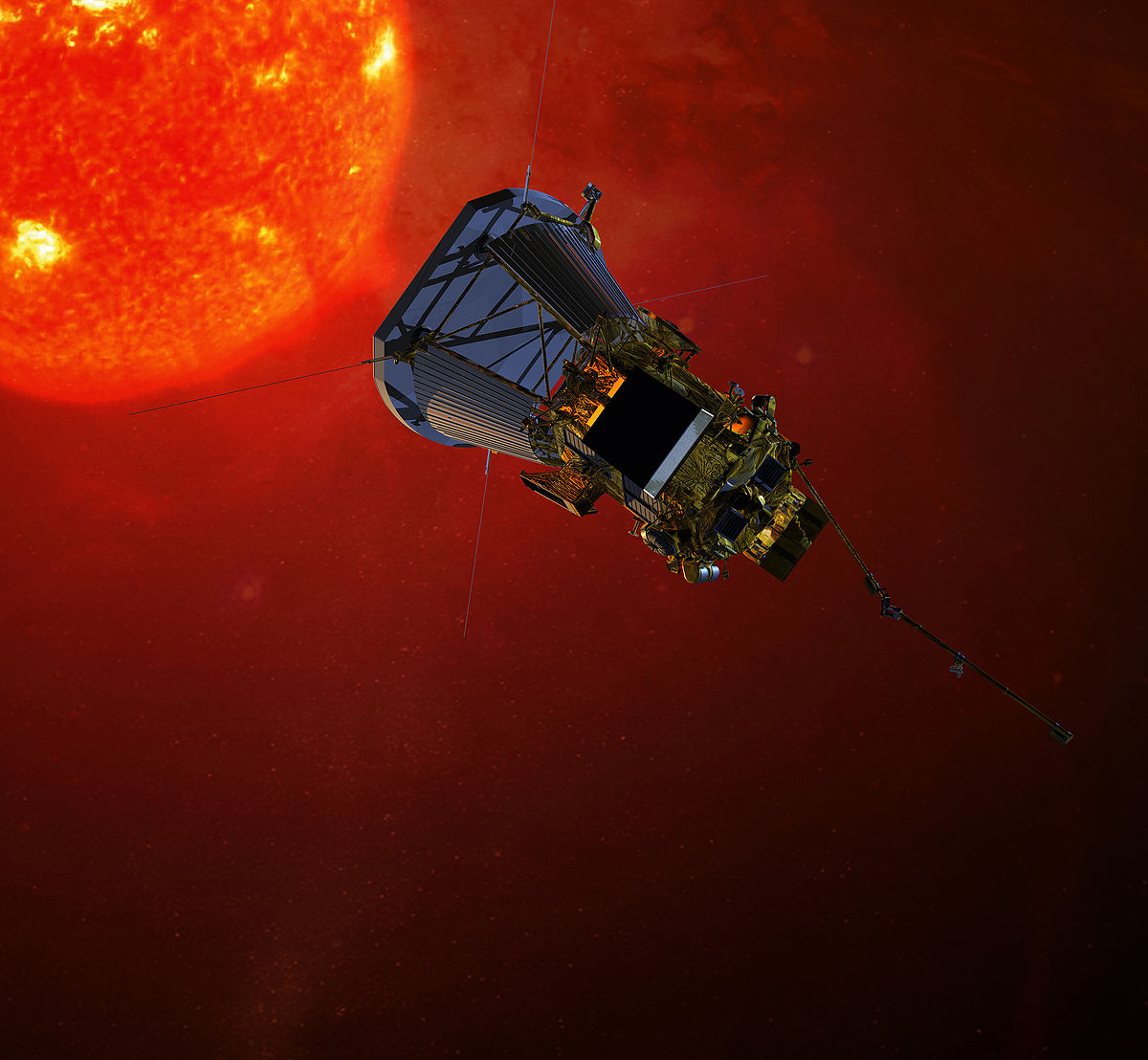
Solar Probe |
|
|
14. Summary of Nasa's Evolutionary Xenon Thruster Project. |
|
|
15. How would a manned aircraft sustain life - what are the OBSTACLES? |
- Atmosphere
- Water - drinking, cleaning activities, EVA (space suit) thermal control, and emergency uses
- Water must be stored, used, and reclaimed (from waste water)
- Food - include a plant cultivation system which allows food to be grown within buildings and/or vessels. However, no such system has flown in space as yet.
- Crew member, on average, requires 11.0231 lb(total) of food, water, and oxygen per day
|
|
|
17. Top ten Sci Fi films of all time - scour for crazy quotes/images that lead us to believe space travel and colonization is easy peasey
(star trek warp drive Look for an article out there that picks snippets of scenes from movies which feed the
narrative that space travel is fun, exciting and necessary. |
|
|
18. summarize Nasa's project ORION (humans to mars in 2030). |
|
|
- Orion will carry astronauts into deep space and then return them home to Earth.
- Orion will be able to travel to an asteroid or Mars.
- Orion will launch on NASA’s new heavy-lift rocket, the Space Launch System.
- Orion has three main parts. The upper section is the launch abort system, or LAS; the crew module is the middle part; and the service module is the lower portion of the spacecraft.
- Can carry a crew of six.
- Solar array panels on the service module will absorb sunlight to create electricity.
- First unmanned flight test occurred on Dec. 5, 2014. Two orbits at altitude of 3,600 miles above earth (15 times higher than the Space Station).
- Second unmanned flight test scheduled upon completion of the SLS Rocket, approximately 2019. Flight around the moon.
- First manned flight test scheduled for 2021/23 Orion will deliver a crew of 4 to the Moon.
- Five more manned flights from 2024 to 2030 to Lunar orbit (Moon).
- First flight to Mars in 2033
|
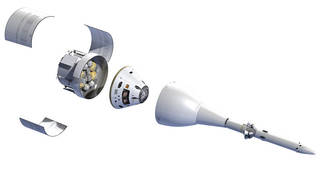
|
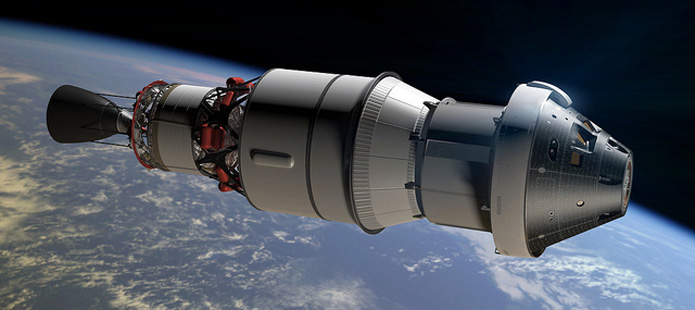 |
|
|
|
|
|
|
|
|
|
| |
|
|
|
|